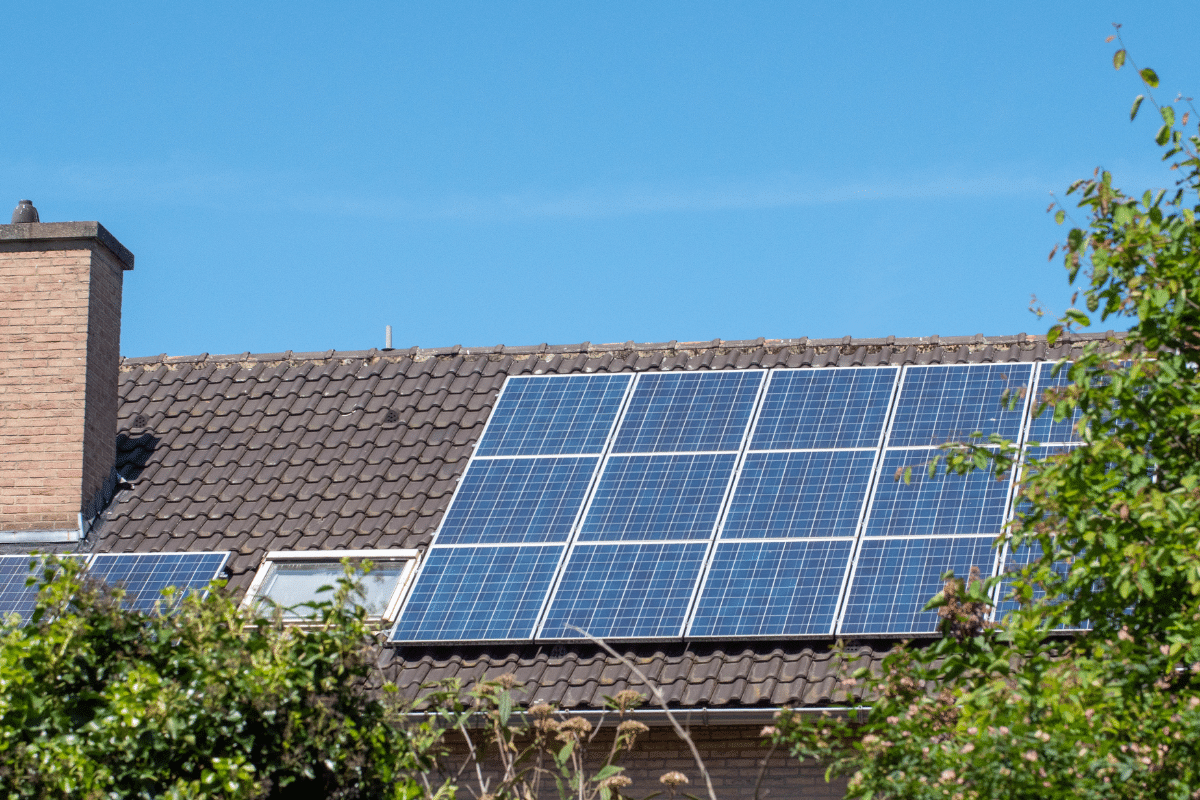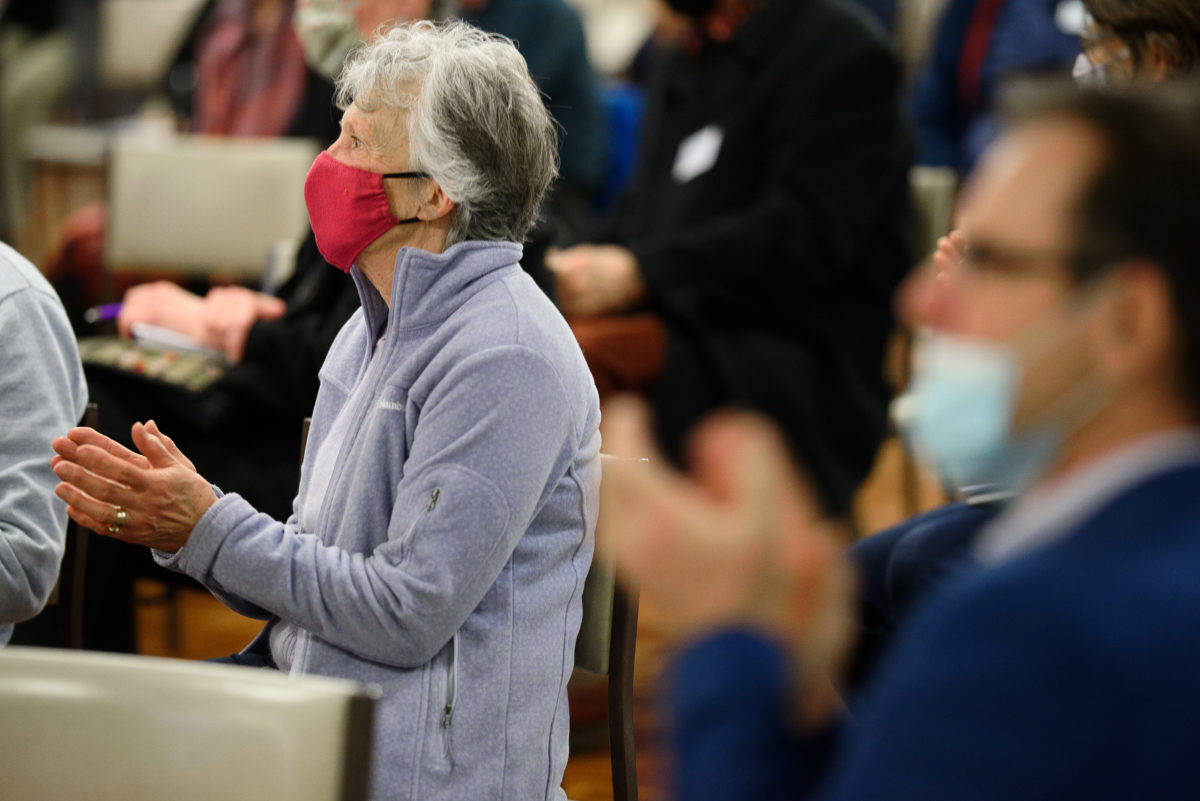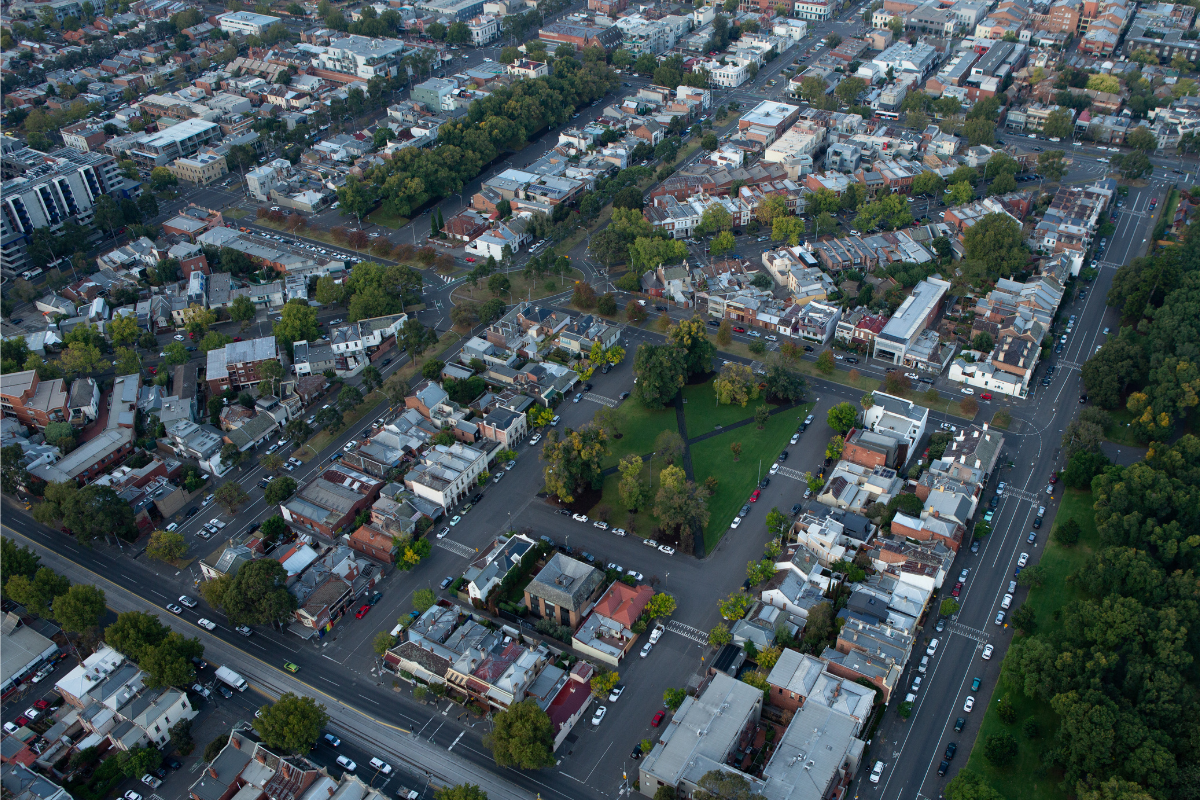What is ‘zero exports’ or ‘export limiting’, why is it affecting households in Yarra, and what can we do about it?

Let’s talk about it
Many households and businesses in the City of Yarra are eager to install solar. However, increasing numbers of applicants are finding they are limited as to how much energy they are allowed to export to the grid. Some cannot export energy at all, and many find out only after already getting quotes for installation.
This article is intended to raise awareness about ‘export limiting’, why it happens, what customers can do to check if they are likely to be impacted, and what’s being done to address the issue.
What is it?
Solar export limiting, or ‘export limiting’, occurs most often when there is more power being pushed into the grid than it can handle. This is often referred to as ‘network constraints’. Australian network service providers (including CitiPower) use solar export limits to keep voltage levels in transmission lines operating within safe limits. This often occurs in areas where there are clusters of rooftop solar.
The rapid uptake of solar in Yarra, and across the CitiPower network (which is projected to rise from 5% in 2021, to 26% by 2024), has outpaced upgrades to the electricity network infrastructure. CitiPower and other distributors are faced with critical decisions to enable more solar and address network congestion. One option is to roll out expensive network upgrades, that is new physical infrastructure capable of handling increasing levels of solar exports. This option is unattractive for many reasons, primarily because it is expensive, with the cost of these upgrades potentially flowing to customers.
How does it affect me?
How do you know if your premises are affected by export limiting? Usually you would find out after the solar installer has submitted an application to the network for pre-approval. This is usually done on your behalf. Alternatively, you can ask your neighbours who have solar already.
The good news is the electricity network is always changing. Areas that are subject to export limiting today may not necessarily be affected in the future. If you have been told you would be subject to zero exports, it’s definitely worth checking again after 6 months or so as things may have changed. The network distributor may also notify you after local network upgrades whether a limit has been removed.
How does this affect payback on solar?
Not being able to sell energy back to the grid can impact the rate of return on investment of installing a solar system. However, these days exporting solar to the grid may not be needed for a solar system to pay itself off and start saving you money.
Over the years, feed-in-tariffs (FiTs)—how much you can get from selling energy to the grid—have declined over time as solar panels have become cheaper and more abundant. While feed-in-tariffs may have been a significant factor in affordability of solar a decade ago, selling energy back to the grid is less important under present market conditions. The majority of payback value from a solar system comes from ‘self-consumption’, or using energy produced, rather than buying it from the grid.
Despite this shift in FiTs, not being able to export energy is still a deterrent for many who want to go solar. The electricity distributor in the City of Yarra, CitiPower, has been working to address this issue, and recently announced $3 million to upgrade its network focusing on “solar hotspots”, in a four-month blitz to take more excess power from rooftop solar back into the grid. CitiPower are also supporting YEF in Yarra’s first community battery trial and will also be rolling out 40 pole-mounted batteries to improve the network.
It’s important to note that electricity distributors are distinct and separate from electricity retailers. Retailers are companies that arrange the final sale of electricity from generation to the end-use consumer. Well-known companies include AGL, Powershop or Tango, for example. On the distributor side, there are five in Victoria: CitiPower, Jemena, Powercor, AusNet and United Energy. These companies are responsible for managing the network infrastructure, the poles and wires, and distribution of electricity.
What can we do about it?
An exciting alternative that many are interested in, including YEF and CitiPower, is the deployment of community batteries (also known as neighbourhood batteries).
A community battery is a mid-scale energy storage unit (typically about the size of a small 4WD vehicle). It is designed for a neighbourhood, which allows the wider community to access and store renewable energy.
They can help eliminate solar waste, make energy more affordable, enable more solar installs, and increase community-wide access to locally-produced renewable energy.
Community batteries provide relief to the electricity network—they work as solar sponges, soaking up energy and releasing it during periods of high demand. This can free up transmission space enabling more solar systems to export to the grid. The twin benefit is those with existing systems can export renewable energy, while also enabling more homes and businesses to install solar connected to the grid (increasing system-wide renewable energy generation and reducing emissions from energy).
Community batteries also have advantages of scale and distributing costs. They can provide more cost-effective option compared to household batteries, which are relatively expensive. Rather than costs being left to one household, neighbourhood scale batteries can spread the costs of maintenance, replacement, operation and installation space. Upfront costs of buying and installing the community battery may also be offset by financial support from governments and investors.
In addition, community batteries may be an attractive business proposition for investors as they can provide network services and participate in the energy market to tap into other value streams. They can participate in spot price arbitrage in the wholesale electricity market (buying energy when prices are low, and selling energy when prices are high), which can put downward pressure on electricity prices. They can also provide services in Frequency Control Ancillary Services (FCAS) markets to help maintain the security and reliability of the electricity system.
YEF’s community battery trial aims to demonstrate that the additional benefits may offset the costs of buying, installing and operating the battery.
Conclusion
Export limiting and batteries are, in some ways, two sides of the same coin. Batteries can help pave the way for a renewable energy future, and help us reach our zero carbon targets more quickly by removing the invisible “solar ceiling” caused by network constraints.
With Victoria’s energy supply rapidly moving to renewables and energy storage systems, the need to address export limiting through solutions, such as batteries, will be especially important in the next few years. We are seeing a bulging pipeline of energy storage projects with political backing from local, state and territory, up to elected leaders at the federal level.
Still have questions about export limiting or community batteries? Check out the FAQs and resources below, or email information@yef.org.au or visit our events calendar to see if we have any upcoming information sessions.

